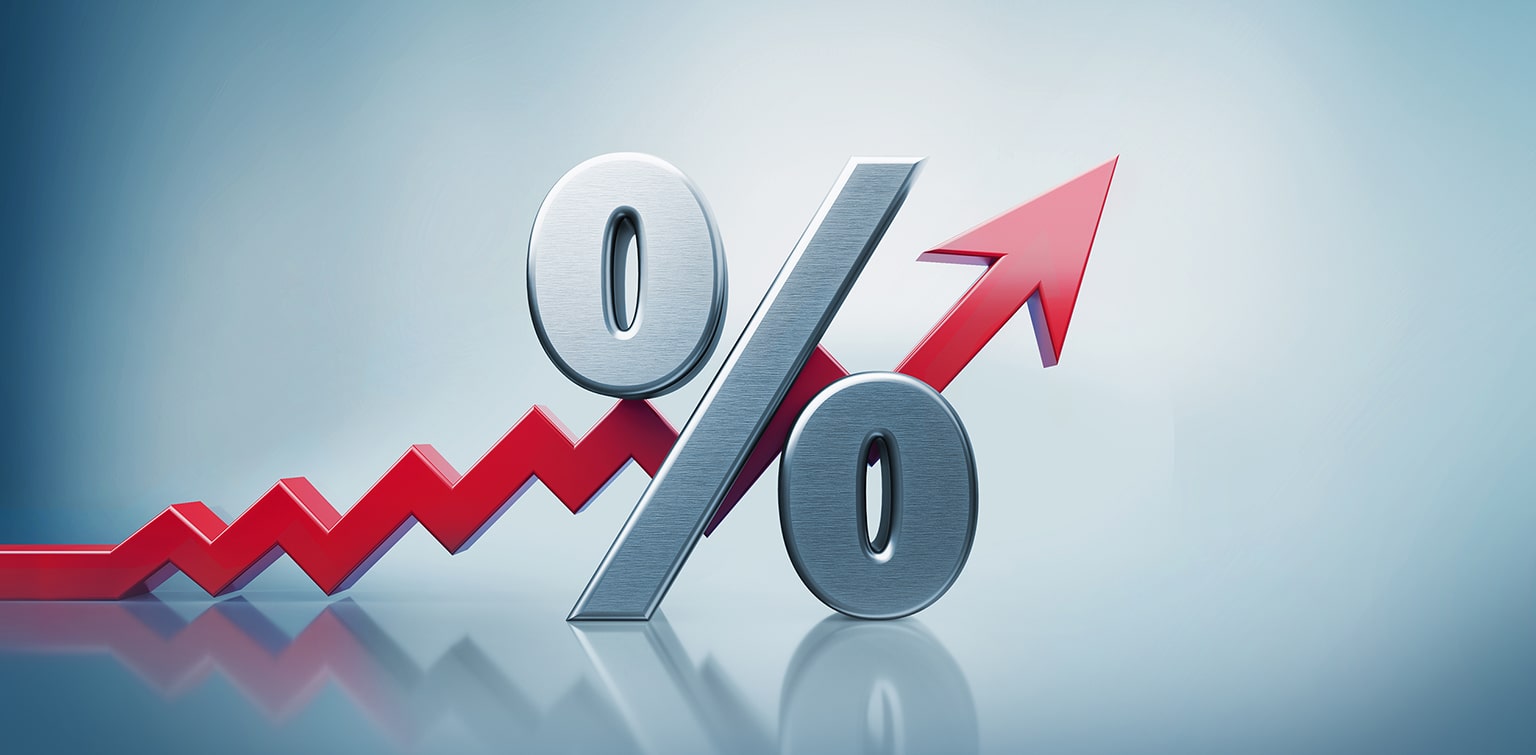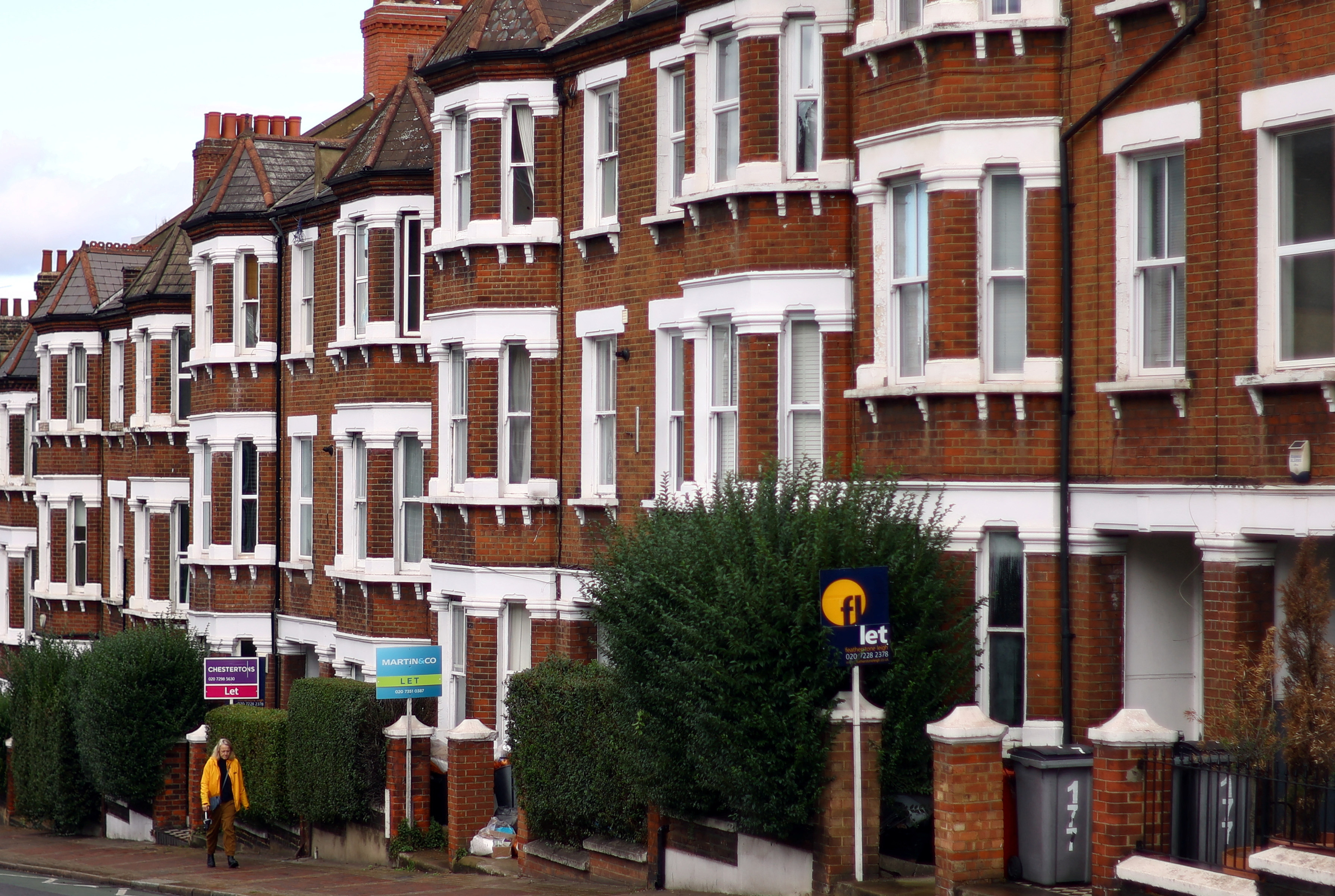
Rise in Mortgage Rates Hits UK Property Market
The UK property market has taken a hit as mortgage rates continue to rise. According to the latest data from Halifax, UK house prices declined in March for the first time in six months. The average cost of a home stood at £288,430 last month, down 1% from February.
 The UK housing market is feeling the pinch as mortgage rates rise.
The UK housing market is feeling the pinch as mortgage rates rise.
Higher mortgage rates have made it harder for buyers to afford a mortgage, leading to a decline in house prices. Despite this, prices are still up by 0.3% compared to a year ago, and rose by 2% on a quarterly basis.
“That a monthly fall should occur following five consecutive months of growth is not entirely unexpected particularly in view of the reset the market has been going through since interest rates began to rise sharply in 2022,” said Kim Kinnaird, director of Halifax Mortgages.
Separate figures from Nationwide showed a similar picture, with a monthly drop of 0.2% in March but annual growth of 1.6%. The housing market is still adjusting to the new reality of higher borrowing costs.
Mortgage rates have risen sharply since 2022.
“Affordability constraints continue to be a challenge for prospective buyers, while existing homeowners on cheaper fixed-term deals are yet to feel the full effect of higher interest rates,” Kinnaird added.
Amid uncertainty over when the Bank of England will decide to cut interest rates, some lenders have pushed up rates on their mortgage deals. This has stalled the decline in mortgage rates that had helped to drive market activity around the turn of the year.
 The Bank of England’s decision on interest rates is being closely watched.
The Bank of England’s decision on interest rates is being closely watched.
“This means the housing market is still to fully adjust, with sellers likely to be pricing their properties accordingly,” Kinnaird said.
Despite the challenges, underlying demand is still positive, as reflected in a recent increase in mortgage approvals. However, the market remains sensitive to the scale and pace of interest rate changes.
 The UK property market is still adjusting to higher borrowing costs.
The UK property market is still adjusting to higher borrowing costs.














